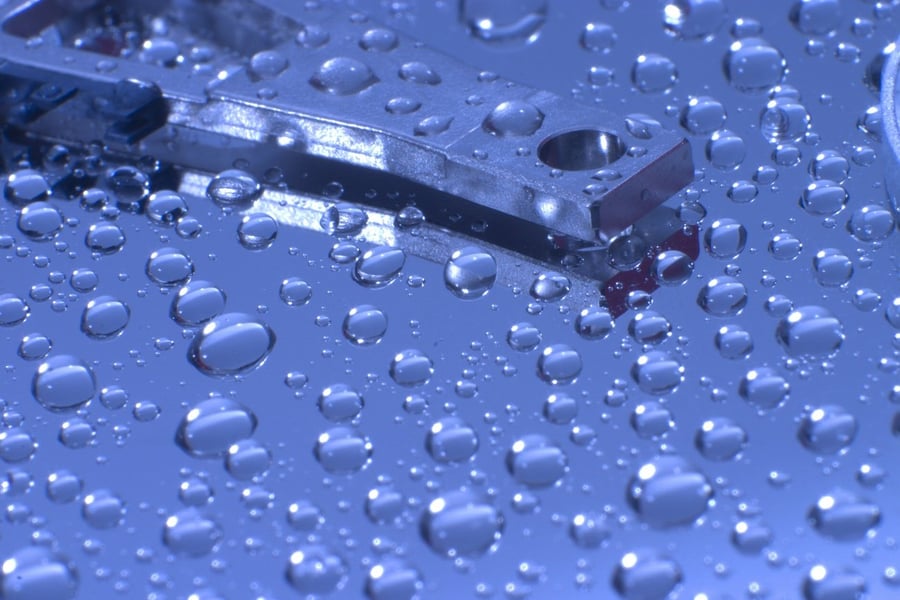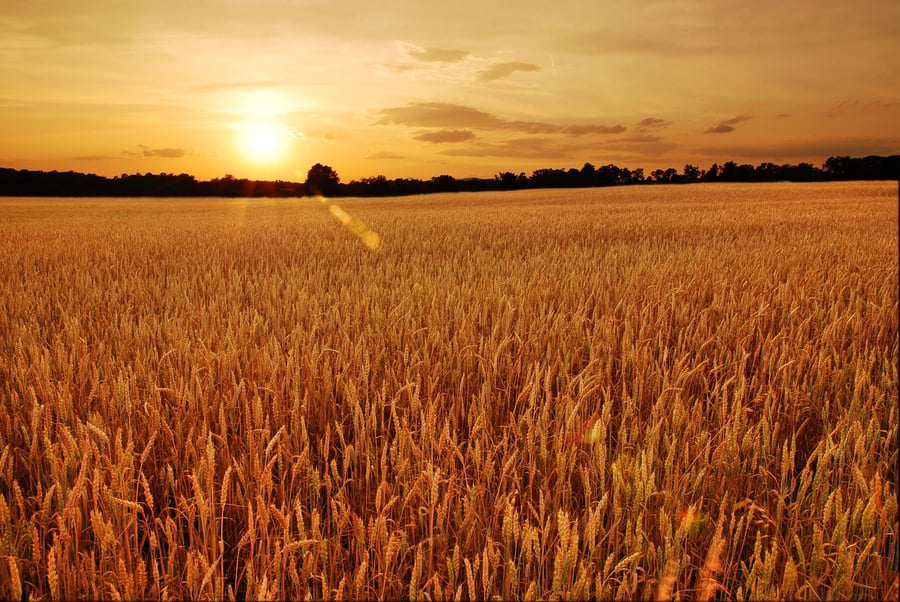How Accurate Are Moisture Meter Readings, Really?

It’s often hard for someone to accept that it’s possible to get an accurate measurement of the moisture content of wood, hay, drywall, or anything else just by using a handheld tool for a couple of seconds. That’s why one of the questions people often ask Delmhorst’s support team is “just how accurate are moisture meters readings?”
The answer is that moisture meter accuracy can vary depending on a few different factors, such as:
-
What material you’re testing;
-
The type of moisture meter you’re using;
-
Whether or not the moisture meter has the appropriate scale for the material being tested;
-
Which procedures are being followed for the test; and
-
How well-maintained the meter is.
A high-quality moisture meter used on the right material can be accurate to within less than 0.1% of the material’s moisture content by weight. However, a low-end moisture meter can be wildly inaccurate. This is because low-quality moisture meters may not consist of technology advanced enough to yield more accurate moisture testing results.
This is why it’s vital to have the right tool for the job, regardless of whether you’re a farmer specializing in a specific crop such as hay or grain, a restoration contractor, paper manufacturer, or any other kind of professional that has to make profitable decisions based on moisture content on a daily basis.
Let’s take a look at some of the different factors that affect moisture meter accuracy:
Type of Moisture Meter Being Used
There are two types of moisture meters commonly available today: Pin-type and pinless moisture meters.
Pin-type moisture meters use the principle of electrical resistance to measure the presence or absence of water in wood, drywall, hay, and other materials. When activated, electrical current travels down one electrode, through the material being tested, and into another electrode. The amount of resistance to the current is used to calculate how much water is present in the material. Since water is a conductor, the less resistance there is, the higher the moisture content of the material being tested.
Pinless moisture meters use an electromagnetic frequency to “scan” a specific area for the presence of moisture. The moisture measurement presented by these devices is an average for the total area of the scan. This makes pinless meters a bit less precise in terms of the exact moisture content at a specific point, but faster at detecting the presence of hidden pockets of moisture in structural materials such as wood.
The Type of Material Being Tested
Different materials have different characteristics that might make one type of moisture meter ideal and another type useless for accurately measuring the material’s moisture content percentage.
For example, loose materials such as hay or grain can be accurately measured with specific types of probes used by pin-type meters. However, a pinless meter cannot accurately measure their moisture content because the scanning plate cannot make secure contact.
When using a moisture meter that has the appropriate scale for the material you’re checking, you should get a quantitative, reliable moisture measurement you can count on.
The Procedures Used for Testing Moisture
Sometimes, you’ll need to follow some specific guidelines to ensure that your moisture measurements are accurate.
Consider the following examples:
-
Farming. A farmer testing for moisture in a hay bale will need to use a moisture meter with an extended-length probe to get to the center of the bale. They’ll also need to remove the probe and reinsert it at different angles to ensure that they’re getting a thorough assessment of the hay’s moisture content.
-
Concrete/Foundations. Contractors checking the relative humidity of concrete need to prepare holes for sensor sleeves in the concrete itself—and then give those holes time to acclimate to ensure accuracy and adherence to the ASTM standard.
-
Kiln-Drying. Wood producers checking moisture in kiln-dried wood need to check both shell and core moisture repeatedly during the drying process to avoid over-drying the shell.
Using the right procedures can result in highly accurate and reliable moisture testing.
Moisture Meter Maintenance
A well-maintained moisture meter is more likely to provide accurate readings than one that has not been properly cared for. A few specific moisture meter maintenance issues to watch out for include:
-
Broken/rusted pins;
-
Low batteries; and
-
Damage to the meter casing.
Keeping moisture meters clean and replacing batteries when old ones run low helps to ensure accurate moisture testing results.
Checking Moisture Meter Accuracy
If you need to make sure that you’re getting accurate moisture content measurements from your moisture testing device, there are a couple of calibration tests that work well.
The first is to use a device such as a Moisture Content Standard (MCS) or Moisture Block to check the calibration of the moisture meter. An MCS is used to check pin-type meters, while moisture blocks are used for pinless meters.
Using these testing devices is simple — simply press the pins (or push the scanning plate) of the meter to the designated spot on the testing device and take a reading. If the meter is accurate, the reading should match the one the device is designed to give. MCS devices and moisture blocks are usually created for specific moisture meter models..
The second is to use a built-in calibration check. This is an option that is typically available on high-end moisture meters. Just select the meter calibration check feature and push the button. There’s no extra equipment required, so this is an ideal way to check moisture meter accuracy on the go.
What If My Meter Isn’t Accurate?
If you find that your moisture meter is out of calibration and giving inaccurate readings, it may be necessary to fix or replace the meter—depending on the cause of the inaccuracy and whether your meter is covered by a manufacturer warranty.
Delmhorst’s warranty guarantees moisture meters for one year from the date of purchase and offers users the option to repair or replace their moisture meters. For non-warranty repairs, Delmhorst provides an estimate of the repair cost so the user can decide if they want to repair or replace their moisture meter.
Need more information about checking moisture meter accuracy? Download our guide to Checking Moisture Meter Accuracy.
Subscribe to Our Blog
Post Related

The Best Times to Use Pin or Pinless Moisture Meters


